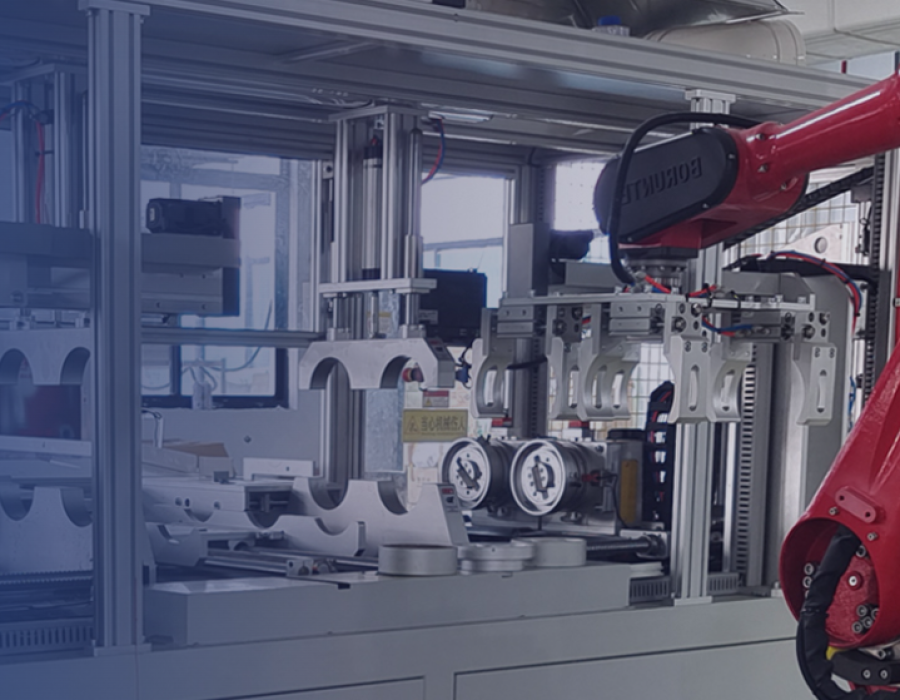The power generation industry lies at the heart of modern civilization. It fuels homes, powers industries, and drives economies. With growing demand, technological advancements, and environmental concerns, the industry is undergoing a significant transformation. This article explores the power generation industry's structure, key technologies, emerging trends, challenges, and the road ahead.
What is the Power Generation Industry?
The power generation industry encompasses all activities related to the production of electricity. It includes various methods of converting energy from different sources—fossil fuels, nuclear, hydro, wind, solar, and biomass—into electrical power for use by residential, commercial, and industrial consumers.
This industry is a crucial segment of the broader energy sector, and it plays a fundamental role in economic development, technological progress, and the overall quality of life.
Key Components of the Power Generation Industry
1. Energy Sources
The first stage of power generation involves sourcing energy. These are broadly categorized into:
- Non-renewable sources: Coal, natural gas, oil, and nuclear power.
- Renewable sources: Solar, wind, hydroelectric, geothermal, and biomass.
2. Power Plants
Facilities that convert raw energy into electricity:
- Thermal power plants (coal, natural gas)
- Nuclear power stations
- Hydroelectric dams
- Solar farms
- Wind farms
- Geothermal stations
3. Transmission and Distribution
Once electricity is generated, it travels through high-voltage transmission lines to substations, and then via distribution networks to end-users.
4. Grid Management
Modern grids involve real-time monitoring and control to balance supply and demand, integrate renewables, and maintain grid stability.
Technologies Driving the Industry
1. Combined Cycle Gas Turbines (CCGT)
These use both gas and steam turbines to generate more electricity from the same fuel, increasing efficiency.
2. Smart Grid Technologies
Digital solutions for grid optimization, fault detection, and integrating distributed energy resources (DERs) like rooftop solar and battery storage.
3. Carbon Capture and Storage (CCS)
An emerging solution to reduce carbon emissions from fossil-fuel-based power plants.
4. Battery Energy Storage Systems (BESS)
These help store surplus electricity from renewables for later use, improving grid reliability.
5. Hydrogen Power
Green hydrogen is gaining traction as a clean fuel alternative, especially for long-duration energy storage and industrial applications.
Major Global Players
The global power generation landscape features both public and private sector giants:
- General Electric (GE)
- Siemens Energy
- Toshiba
- EDF (Électricité de France)
- NTPC Limited (India)
- Duke Energy (USA)
- NextEra Energy (USA)
- China Energy Investment Corporation
These companies are involved in everything from infrastructure development and maintenance to renewable integration and innovation.
Market Trends in the Power Generation Industry
1. Shift Toward Renewables
Renewables are now the fastest-growing source of power, driven by falling costs, government incentives, and climate commitments.
2. Decentralized Energy Systems
Small-scale, local power generation systems like rooftop solar and community wind farms are gaining popularity.
3. Digitalization and AI Integration
AI and IoT are being used for predictive maintenance, real-time grid monitoring, and energy optimization.
4. Electrification of Transport and Industry
As electric vehicles (EVs) and electric heating become more common, the demand for electricity is projected to surge.
5. Energy Access and Microgrids
In developing countries, microgrids and off-grid solutions are expanding access to electricity in remote areas.
Challenges Facing the Power Generation Industry
- Climate Change and Emission Regulations: Pressure to reduce carbon emissions has created urgency to shift from coal and gas to cleaner alternatives.
- Aging Infrastructure: Many grids and power plants are decades old and require significant upgrades.
- Intermittency of Renewables: Solar and wind power depend on weather conditions, posing reliability issues.
- Capital-Intensive Investments: High upfront costs for building power plants, especially nuclear and renewables.
- Cybersecurity Threats: Increasing digitalization opens the grid to cyberattacks.
The Future of the Power Generation Industry
The industry is moving toward a more sustainable, flexible, and digitized model. Key future developments include:
- 100% Renewable Energy Grids: Countries and companies are pledging net-zero emissions and aiming for 100% renewable power.
- Virtual Power Plants (VPPs): These aggregate decentralized energy resources to act like a single power plant.
- Blockchain for Energy Trading: Enabling peer-to-peer energy transactions and improved transparency.
- Fusion Power: Still in experimental stages, fusion could provide limitless, clean energy in the future.
Conclusion
The power generation industry is at a critical inflection point. Technological advancements, policy support, and global sustainability goals are reshaping how electricity is produced, distributed, and consumed. As the world moves toward decarbonization and digitalization, this industry will continue to evolve—playing a pivotal role in addressing climate change and powering the future.
FAQs
1. What is the largest source of power generation globally?
As of now, coal still dominates globally, but renewables (especially solar and wind) are rapidly catching up.
2. What are the biggest challenges in power generation today?
Key challenges include carbon emissions, aging infrastructure, intermittency of renewables, and high capital costs.
3. Is nuclear energy considered renewable?
No, nuclear is not renewable, but it is low-carbon and can play a role in decarbonization.
4. What is the future of coal power?
Coal is being phased out in many countries due to its environmental impact, with a global shift toward cleaner alternatives.





Comments